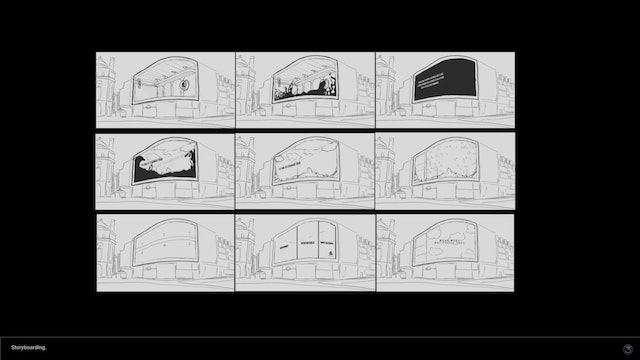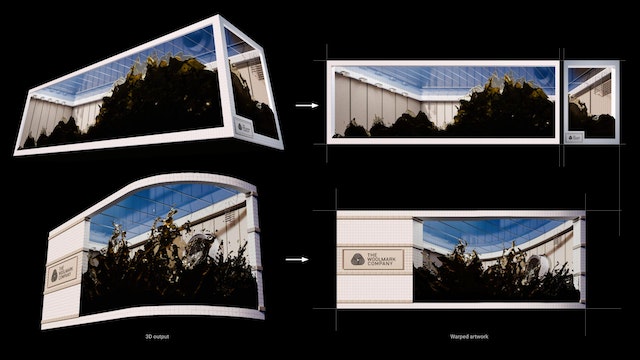Anatomy of an Ad: how Woolmark made its bold ad showing people covered in crude oil
Earlier this month, fashion brand The Woolmark Company made a stance on synthetic clothing with a dramatic campaign that featured people trying to escape a swimming pool filled with murky crude oil.
The brief was founded on the statistic that every 25 minutes, an Olympic-size swimming pool’s worth of crude oil is used in the production of polyester garments. It wanted to make that shocking stat known to shoppers worldwide.
Initially Woolmark approached film directors Sil van der Woerd and Jorik Dozy, from production company Park Village, who worked on the Wasteminster campaign from Greenpeace last year. That campaign stood out as it talked “sensibly” and factually about environmental issues, says van der Woerd, and that’s what Woolmark wanted to achieve.
Advertisement
“With Wasteminster we visualized big data, something that hadn’t been seen before,” he adds. “It’s kind of funny how we did that in this campaign as well, albeit in a very different format, but it brought something to light that wasn’t seen before – an urgent, almost invisible, issue.”

The brand also drafted in ad agency 20Something. The original pitch was “a strategic one,” recalls co-founder Will Thacker. “How can we position Woolmark in the sustainability category?”
According to Thacker, it was like “awakening a sleeping beast” because the idea of plastics being bad for the environment is well documented, yet when it comes to clothes, the repercussions are still often overlooked. “The brief was to bring the stat to life but also demonstrate the benefits of wool as well, not for it to be just a negative campaign.”
Advertisement
With any kind of data, the key is to get as many people to understand it as simplistically as possible. “You need to put it in a really simple format,” says Adam Booth, managing partner at Park Village. “It’s the size of a swimming pool – imagine that times however many.”

Having both directors engaged from day one was pivotal to the success of the campaign, which took around six months from pitch to completion. “It goes towards informing the final product in a positive way,” adds Booth, “instead of the directors being parachuted in at the last minute to shoot something that they don’t necessarily understand.”
To amplify the film further, a striking 3D billboard ad at Piccadilly Circus, London, and Times Square, New York, has intrigued locals. It was made in-house by Samuel Guillotel, who will be heading up the agency’s new division that’s devoted to all things 3D. “It was really important that it turned up in the real world,” comments Thacker. “The outdoor sites shout and have a big impact. The photographic static aspects are going to surround those cities at Fashion Week and it will shout to that audience.”

Launching during New York fashion week is a bold move. What do they want the eventgoers to take away? “I hope it raises consciousness about what we wear, where it comes from and how polluting it is. That’s the first big step – what is actually on our bodies?” says van der Woerd.
Getting people to think about what they wear and the impact that has is key. “Hopefully it wakes people up to the fact that they’re wearing oil in that sense,” adds Jorik.
Advertisement
Anamorphic billboards are certainly the hot advertising trend of the moment – they’re bold and in your face – but measuring the success of them can be tricky. Thacker hopes that the project has “some sort of social currency” and that it will start conversations down the pub, firstly with the film but then the hard facts to back it up.
Of course, when any big brand touts its green credentials it is open to ‘greenwashing’ criticism. From van der Woerd’s experience, it can be tricky to navigate as there are “no guidelines and no books,” but he notes that asking the basic questions at the beginning helps: what is it the brand is trying to sell, and how are products produced?
“Woolmark itself is probably not squeaky clean in all things green, but the material itself is from nature and can be put back into nature,” concludes Thacker.
“I think it’s worthwhile fighting that corner.”
Interested in creative campaigns? Check out our Ad of the Day section and sign up for our Ads of the Week newsletter so you don’t miss a story.
